Are you tired of lugging a watering can around your garden every day? During warm weather, gardens quickly dry out and can often need watering twice a day.
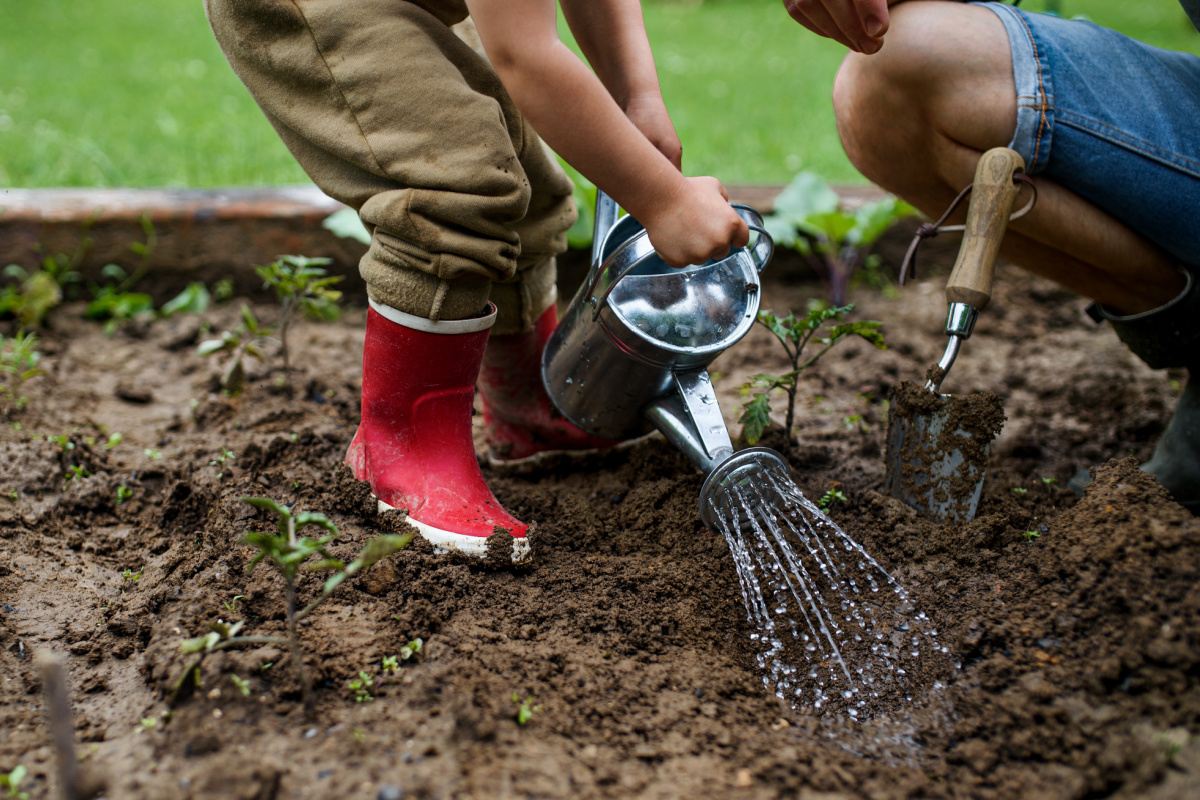
This can be time-consuming, and lugging a watering can from one end of the garden to the other is back-breaking work.
So, what are the best ways to water your garden that is both quick and efficient.
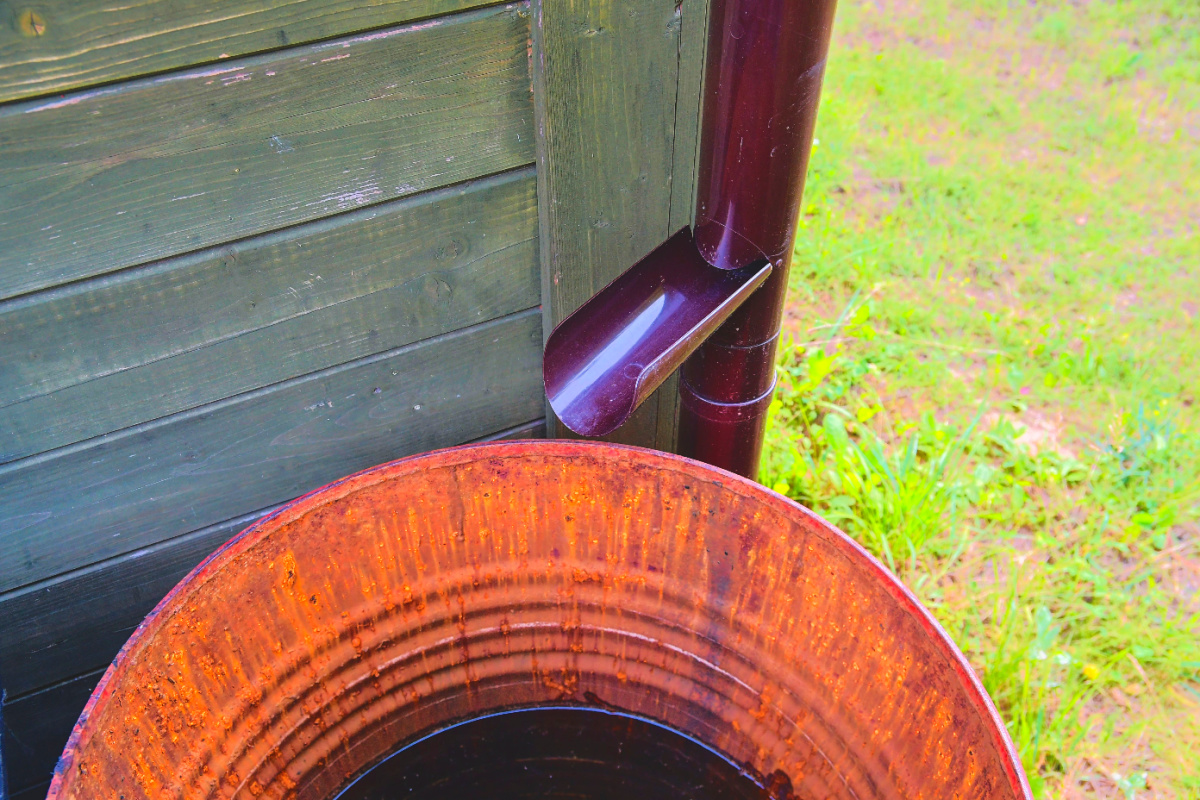
Harvest rainwater
Not only is it a hassle to keep going into the house to fill your watering can, but if you’re on a water meter it can also be expensive. A cheaper and easier solution is to harvest rainwater.
The most common way to harvest water is by connecting a butt to one of your home’s gutter downpipes. You’ll need a rain barrel or something similar to collect the runoff, as well. If you have a large garden, it might be worth having a couple rainwater collection points around the garden.
Other places to set up rainwater collection barrels include your shed or greenhouse roof or open spaces. You might even consider installing rain chains around your structures to help direct water into spaces you would like irrigated.
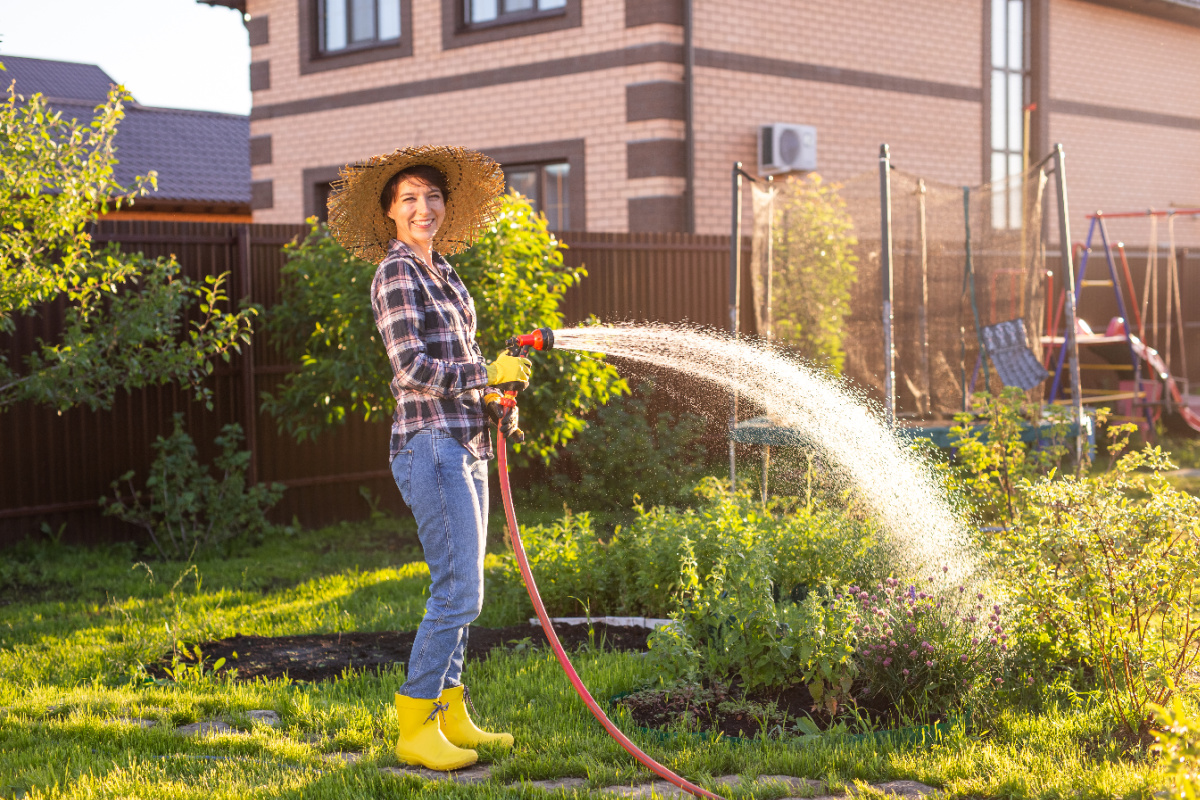
Install an outside tap
An outside tap, or water spigot, can be handy if you want to reduce the amount of time and energy you use watering your garden. By installing an outside tap, you can connect a long hose with a spray nozzle and simply walk around your garden.
For compact gardens, an extendable hose or one on a wall-mountable reel will save space. If you have lots of plants with different watering requirements, it’s worth having an adjustable spray nozzle or a watering wand.
When installing a tap, don’t get it installed too close to the ground. By installing your water tap at a height of around 3 feet, you won’t need to bend as much. This makes it easier to connect hoses and there’s plenty of room for watering cans and buckets. Don’t forget to add insulation so the tap doesn’t freeze and cause other plumbing problems.
Hook up an irrigation system
Walking around the garden with a hose can still be fairly time-consuming. Depending on the size of your garden, you might want to rig up an irrigation system to make things even easier.
There are plenty of options for irrigating gardens. Traditional sprinklers are ideal for lawns, but smaller mist sprayers, drippers and soaker hoses are better for running along hedges, borders, and veggie patches.
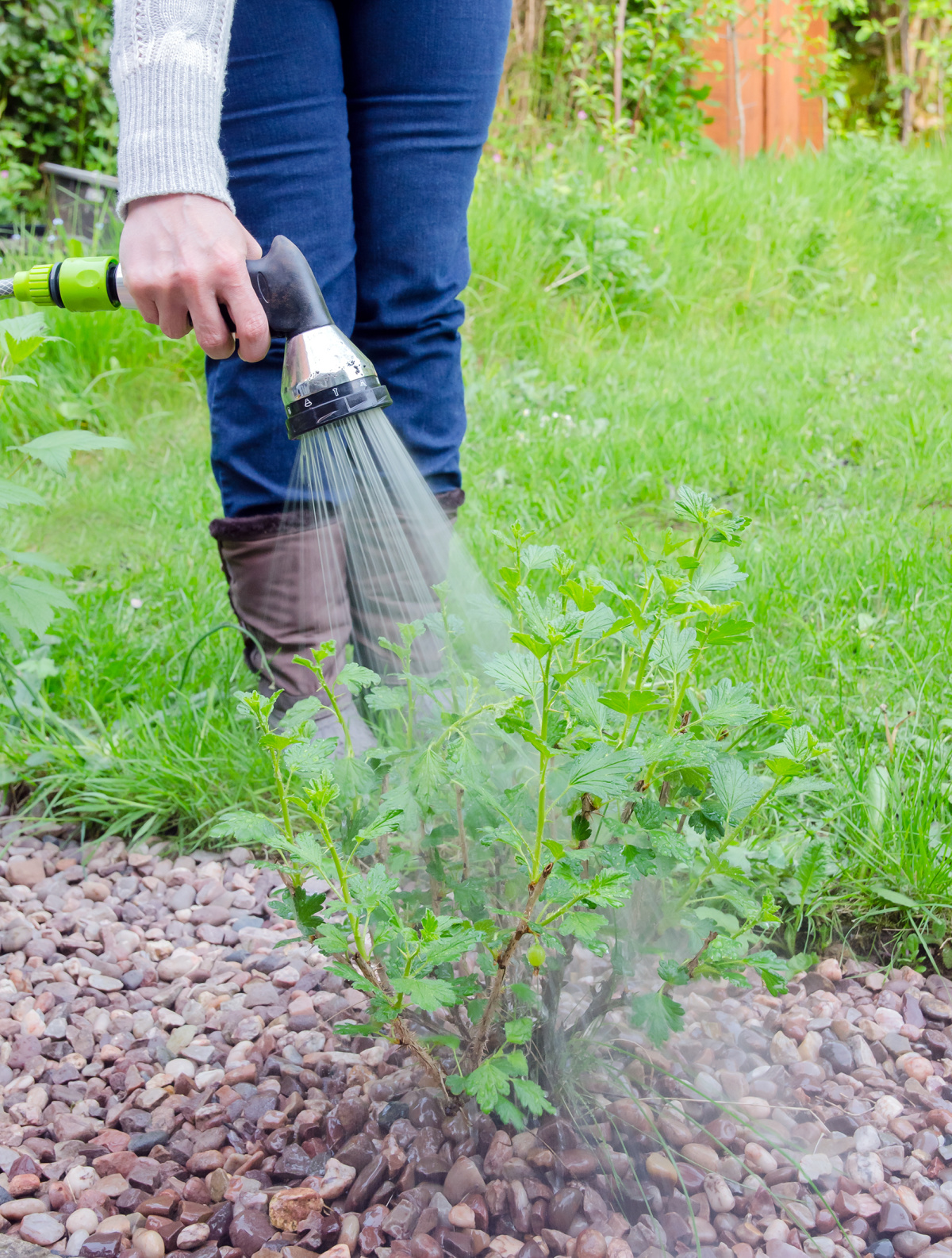
Automate it with a timer
Once you have an irrigation system that works for your garden, consider an automatic timer. Most use a mechanical timer on a dial that fit onto a standard outside tap, so they’re not difficult to set up. This way, you won’t have to remember to water your plants.
If you have plants that are fussy about watering and soil conditions, you might want to rig up a more sophisticated system with sensors, so that watering is more precise. This can also help prevent you from wasting water.
Use a DIY watering system
Of course, irrigation systems don’t need to be complex or expensive. Old bottles are great for drip-feeding plants.
To do this, simply fill a plastic bottle with water and pierce the bottom with tiny holes. You can use a large darning needle or a hot skewer to do this. Then, all you need to do is turn it dig a small hole and bury the bottle in your soil. The water will slowly drip out, keeping your plants watered.
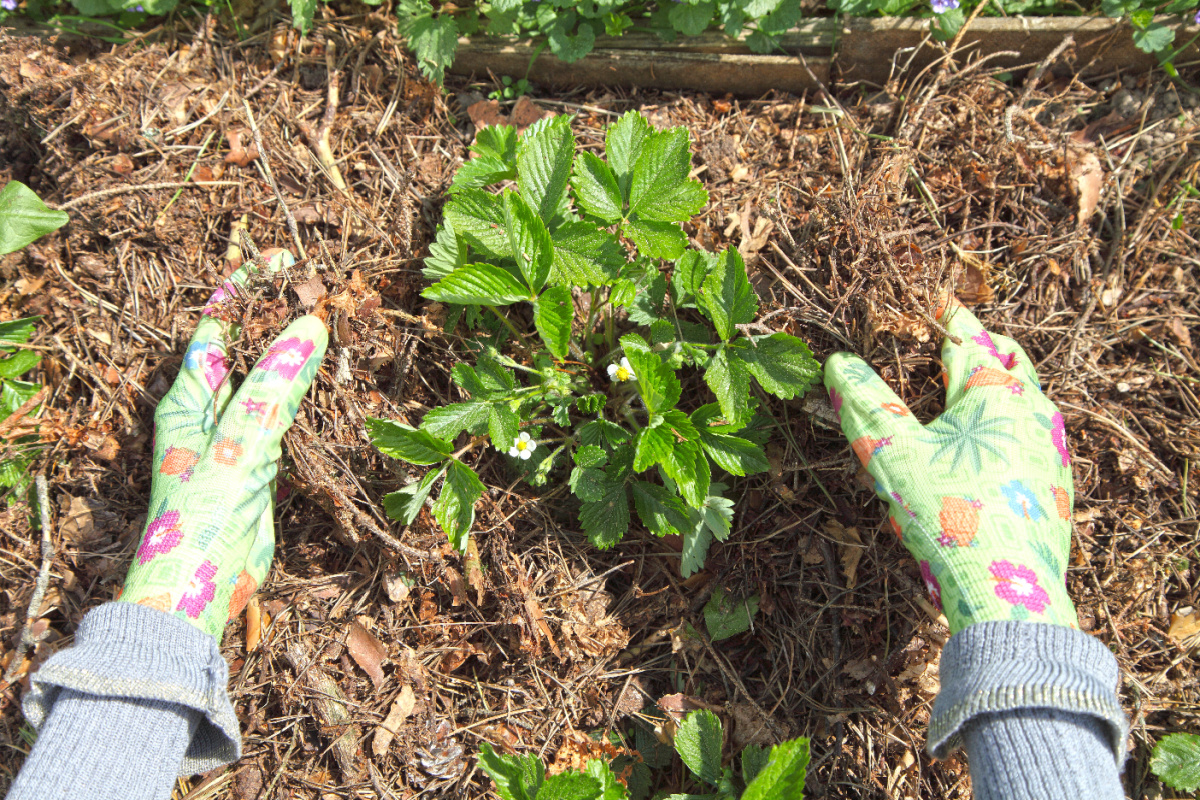
Maintain moisture with mulch
There is another way to save water and reduce the amount of watering you need to do. Add a layer of mulch to your beds and containers.
A top layer of mulch helps soil to retain moisture. Garden compost, bark and grass clippings also work in the same way. For best results, apply a good layer over the surface of your soil, leaving a bit of space around plant stems.
Perfect your pots
Containers are a great way to reduce garden maintenance but, in the summer, they do need more watering than beds and borders. To combat this, there are a few tricks you can try to make your potted plants less needy.
The more plant roots dominate a pot, the quicker it will dry out. Some plants can benefit from being replanted into larger containers. Just be sure it’s appropriately sized, so your plant doesn’t spend all of it’s energy trying to establish new roots.
Moving pots out of full sun will also stop them drying out so fast, as will adding a saucer to the pot for drainage. Positioning your pots closer to your outside tap or water butt will make them easier to water.
With just a few small changes, you can make the task of watering your garden that much quicker and more efficient.
